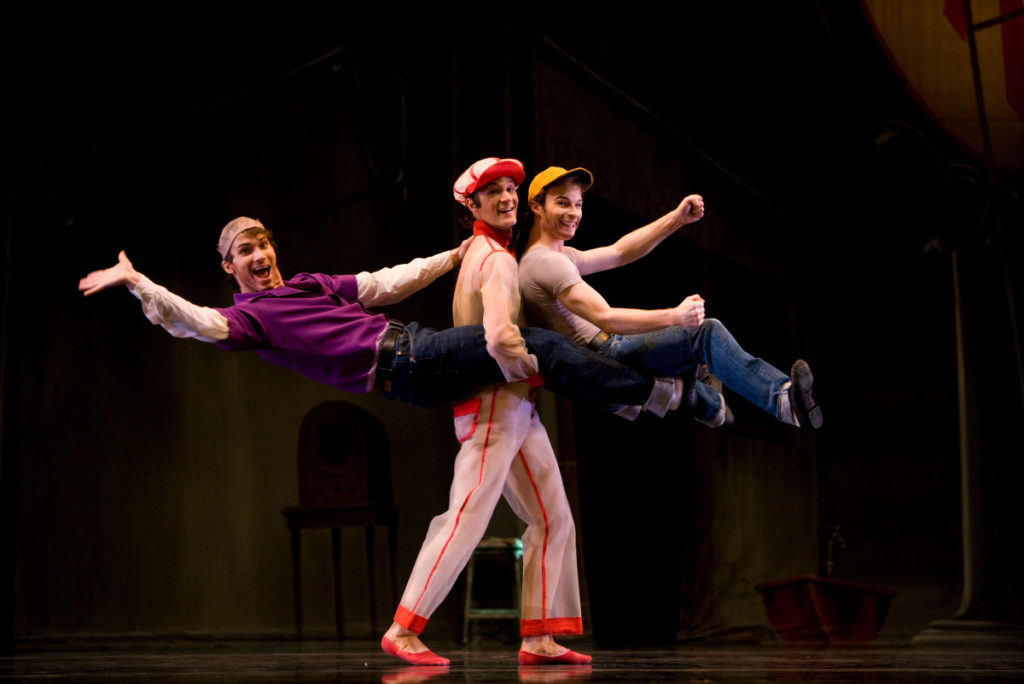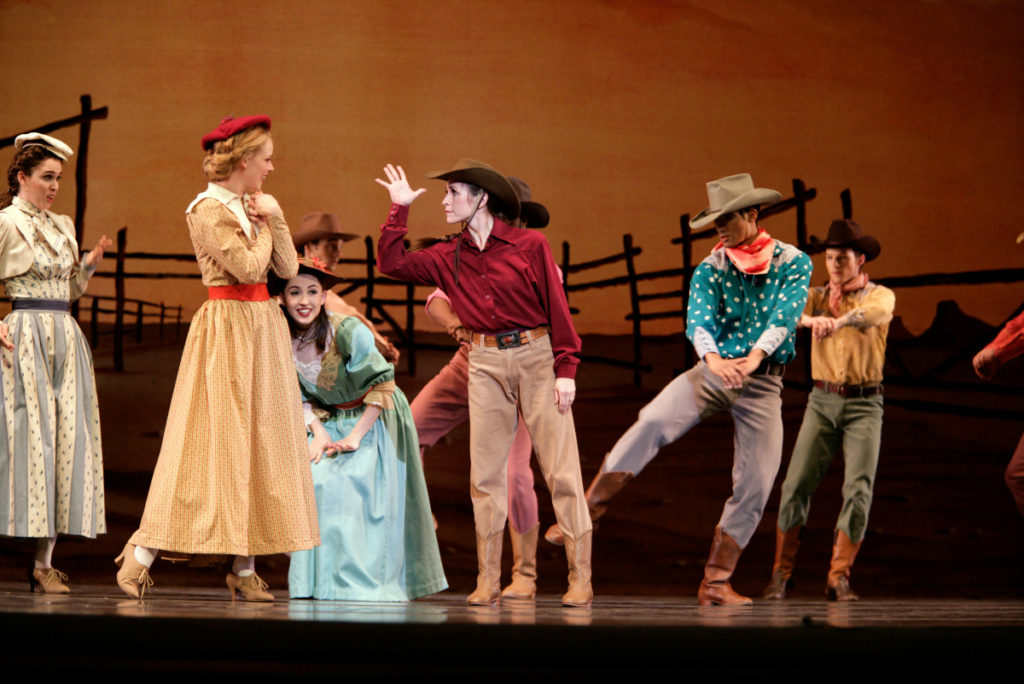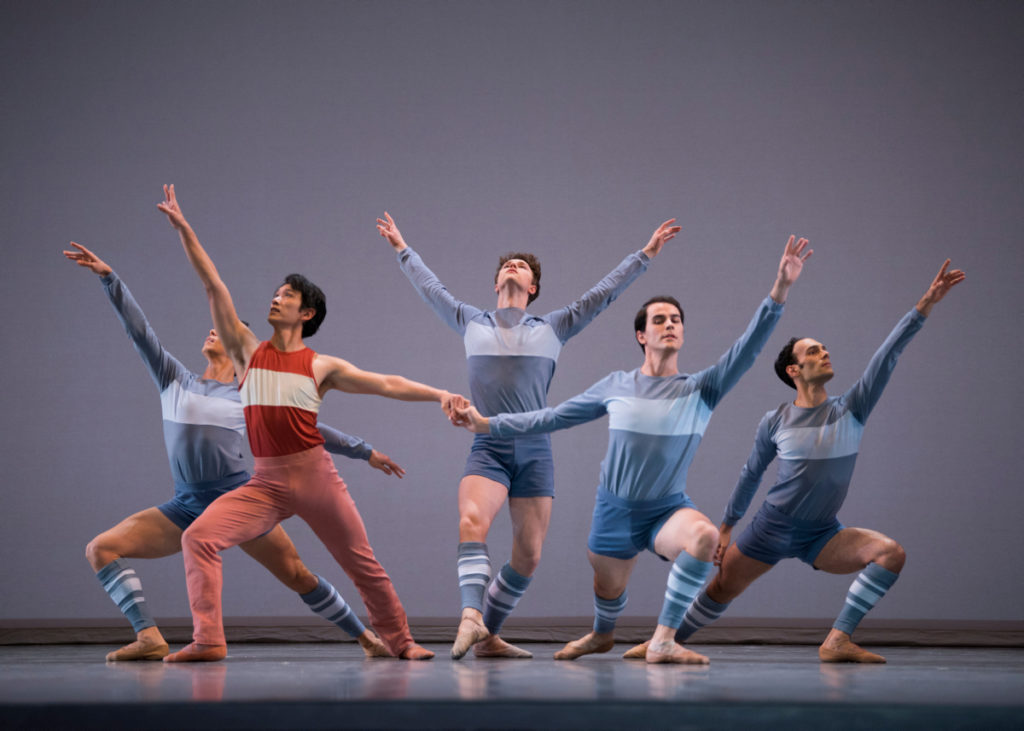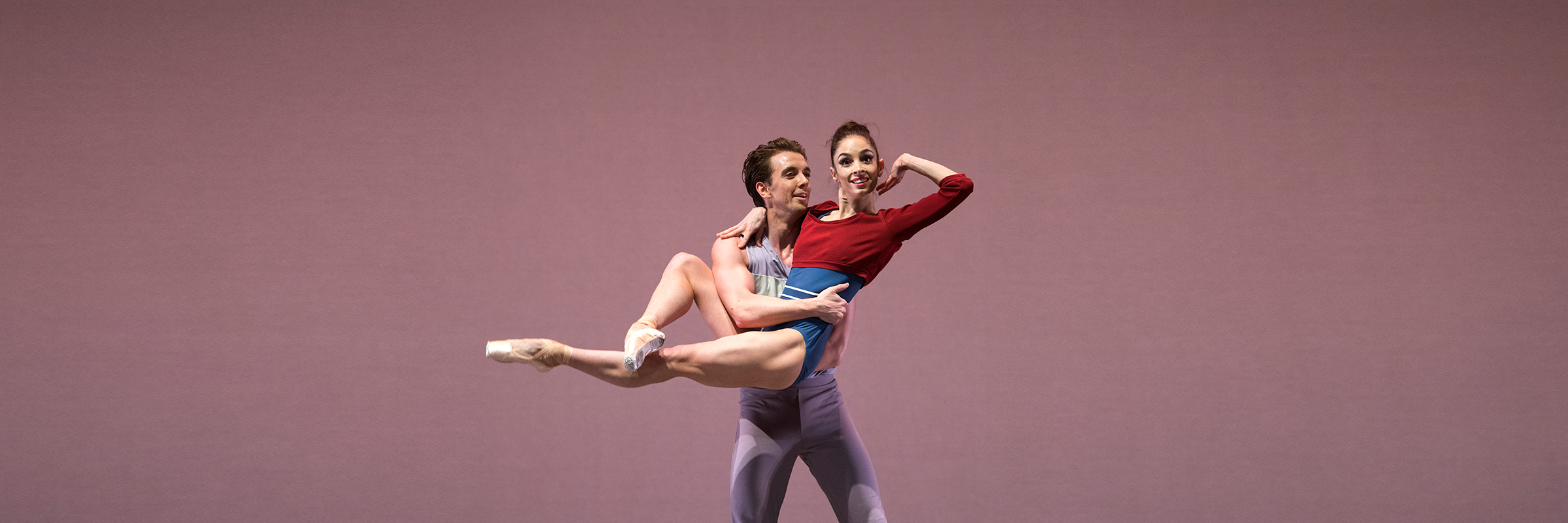Instant Expert: Rodeo: Four Dance Episodes
What is an American Ballet?
In the 1930s and ’40s, choreographers were interested in finding ways to show American life on the ballet stage. Think: Lew Christensen’s Filling Station (1937) or Eugene Loring’s Billy the Kid (1938) or Jerome Robbins’s Fancy Free (1944). These ballets all blended stories of American life, movement from Broadway and vaudeville, and ballet technique to create a new style of “Americana” ballet.

Rodeo, created in 1942 by American choreographer Agnes de Mille to music by Aaron Copland is emblematic of this period, telling the story of a young girl finding herself on the American plains.

But that’s not the ballet that SF Ballet has recently been performing. Although Justin Peck’s Rodeo: Four Dance Episodes uses (some of) the same music as the 1942 version, it does away with the story and setting, and the choreography is completely new.

And yet . . . there still is something in this ballet that seems particularly “American.” The music helps of course. But what else? The high-energy kineticism. The openness of the set. The vitality and athleticism of the dancers. The sense of youth and playfulness. In 2019, Americana ballet may be out, but American ballet is definitely still in.
Header photo: Dores André and Ulrik Birkkjaer in Peck’s Rodeo: Four Dance Episodes // © Erik Tomasson








